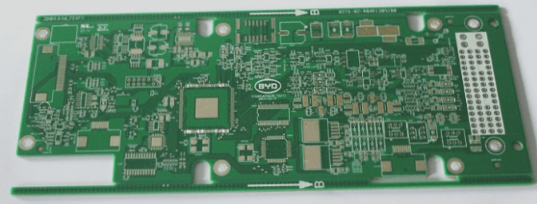Flex Substrate Materials in PCBs
Introduction
Flex substrate is a thin and heat-resistant material made of polymers like polyimide and PET. It is commonly used in micro PCBs for transmitting signals in electronic devices.
Characteristics and Advantages
- Thin: Flex substrates are thin, making them ideal for semiconductor IC and LED applications.
- Lightweight: Due to their thinness, they are lightweight and suitable for portable electronic devices.
- Flexibility: Flex substrates can bend and curl without damage, making them perfect for wearable and flexible electronic products.
- Customizable: They can be tailored to specific needs for various applications.
Applications
- Wearable devices
- Flexible electronic products
- Medical equipment
- Industrial applications
Common Soft Board Substrate Materials
In Flex PCB, common substrate materials include polyimide (PI) film, PET, PEN, PTFE, aramid, and Liquid Crystal Polymer (LCP) substrates. Copper foil is also essential for conductive purposes.
Polyimide (PI)
PI is widely used in Flex PCBs due to its excellent tensile strength, stability, chemical resistance, and heat resistance.
PET Resin
PET offers good electrical and mechanical properties but has poor heat resistance.
Liquid Crystal Polymer (LCP) Substrate
LCP is gaining popularity for Flex PCBs as it combines the strengths of PI with improved moisture resistance.
Copper Foil
Copper is crucial for conductivity in Flex PCBs, used in wiring, pads, vias, and holes.
For more information, visit wellcircuits.com. Contact us to enhance your business efficiency with our solutions.

